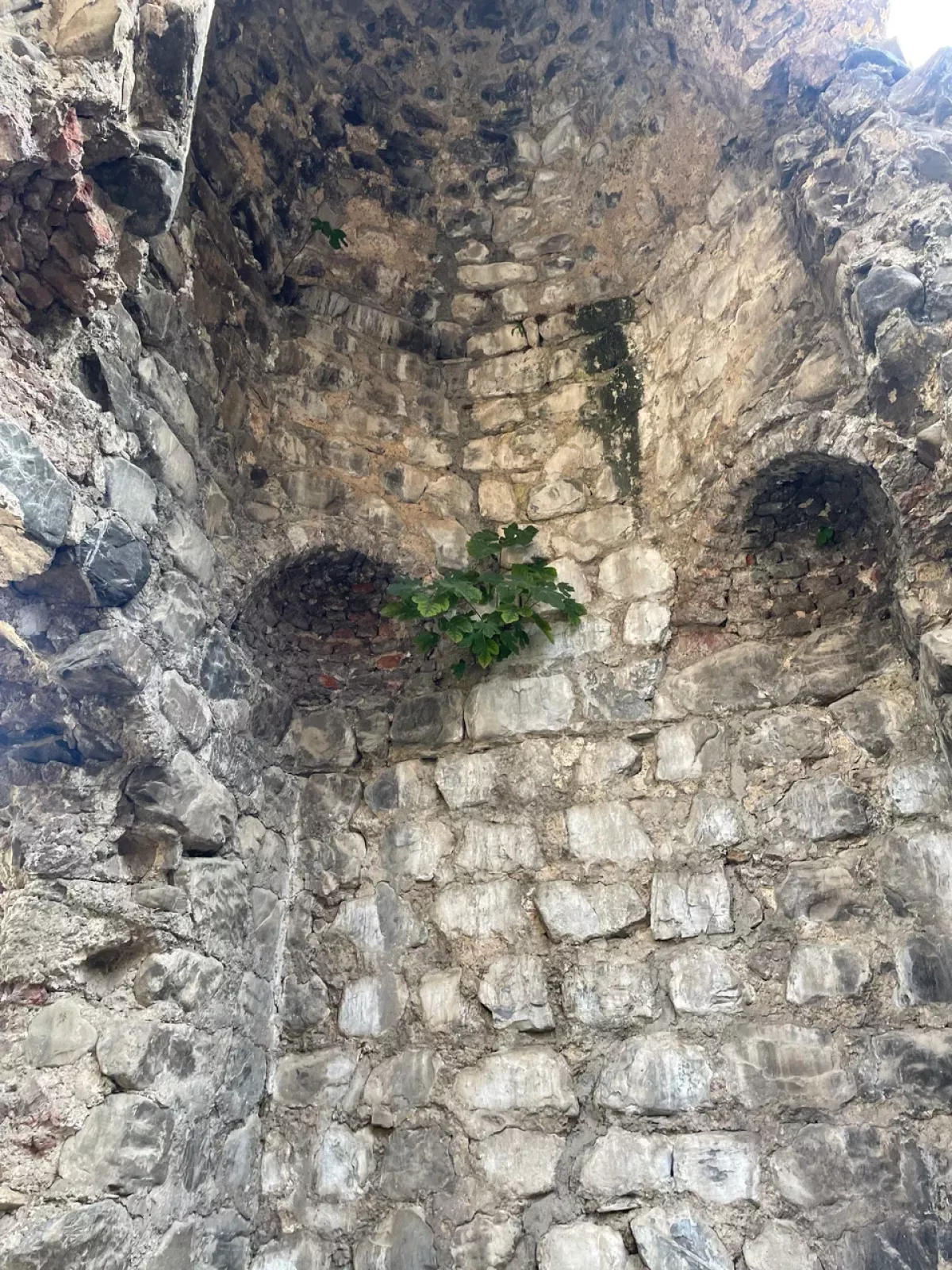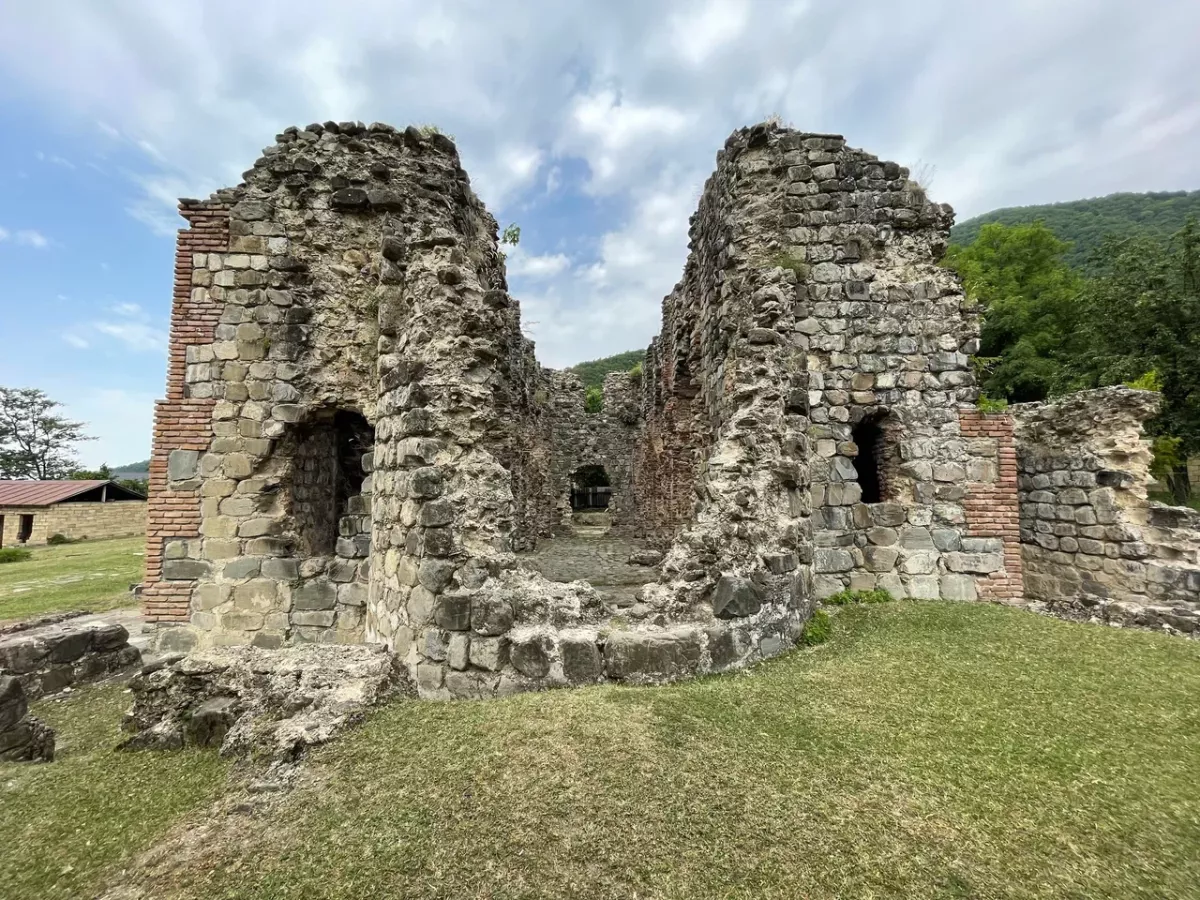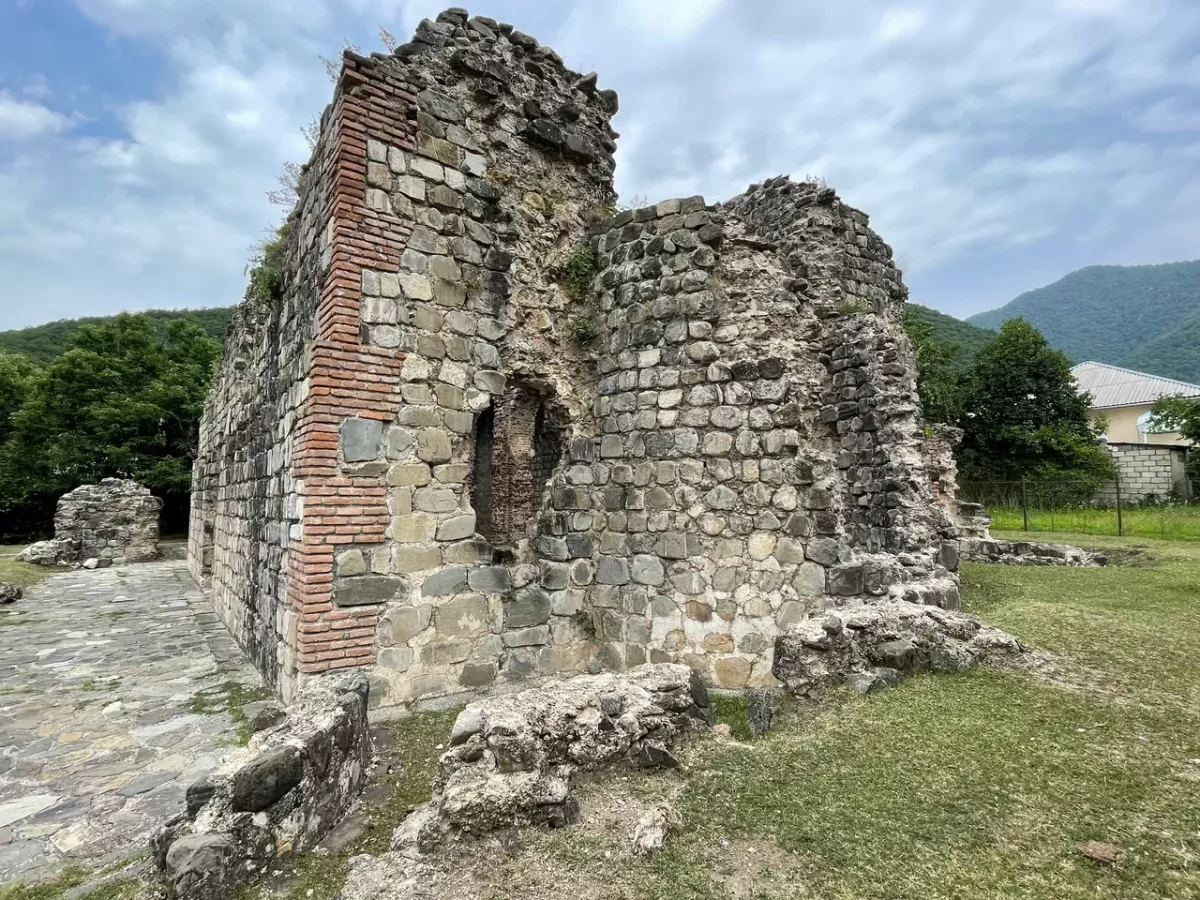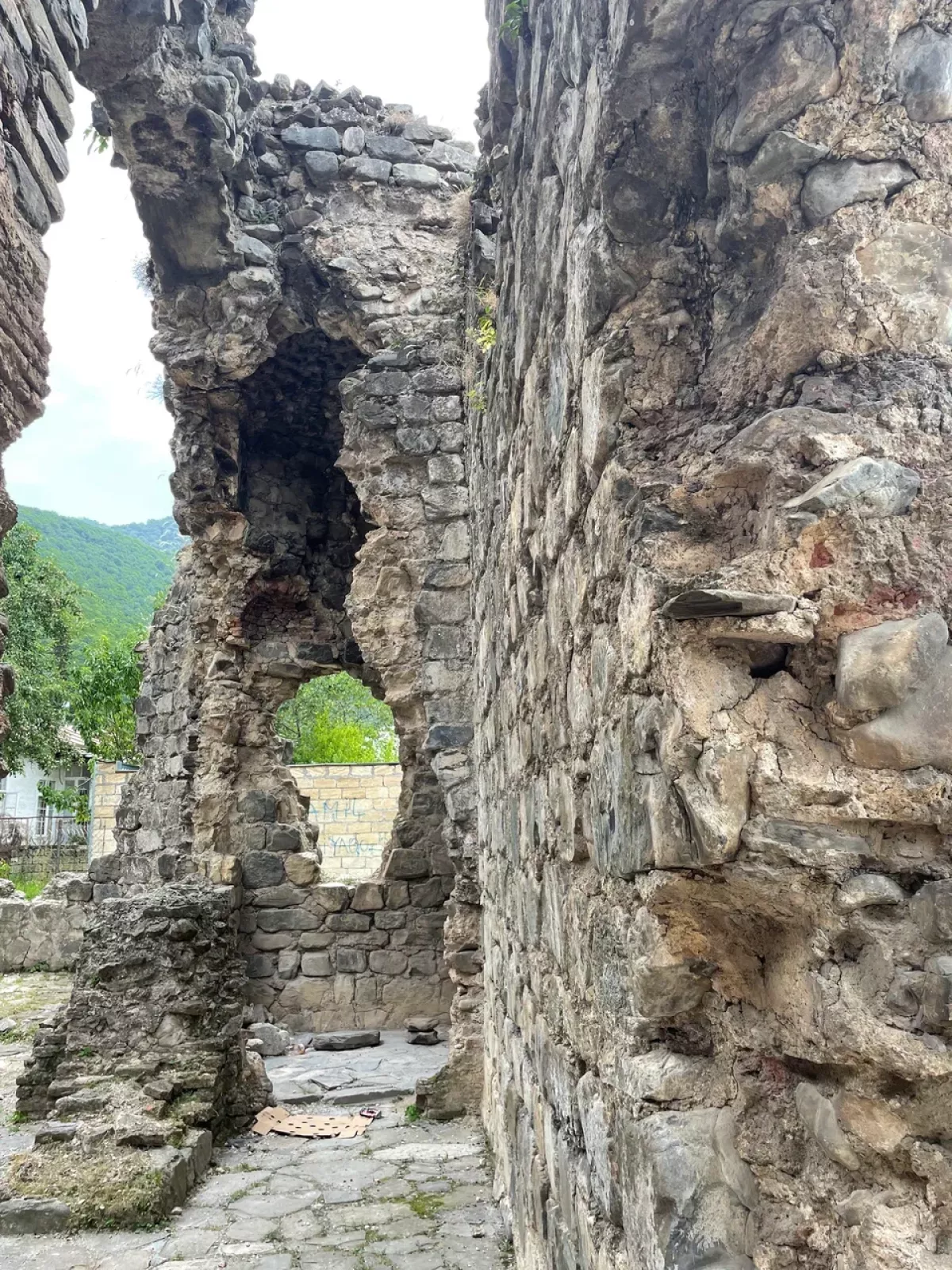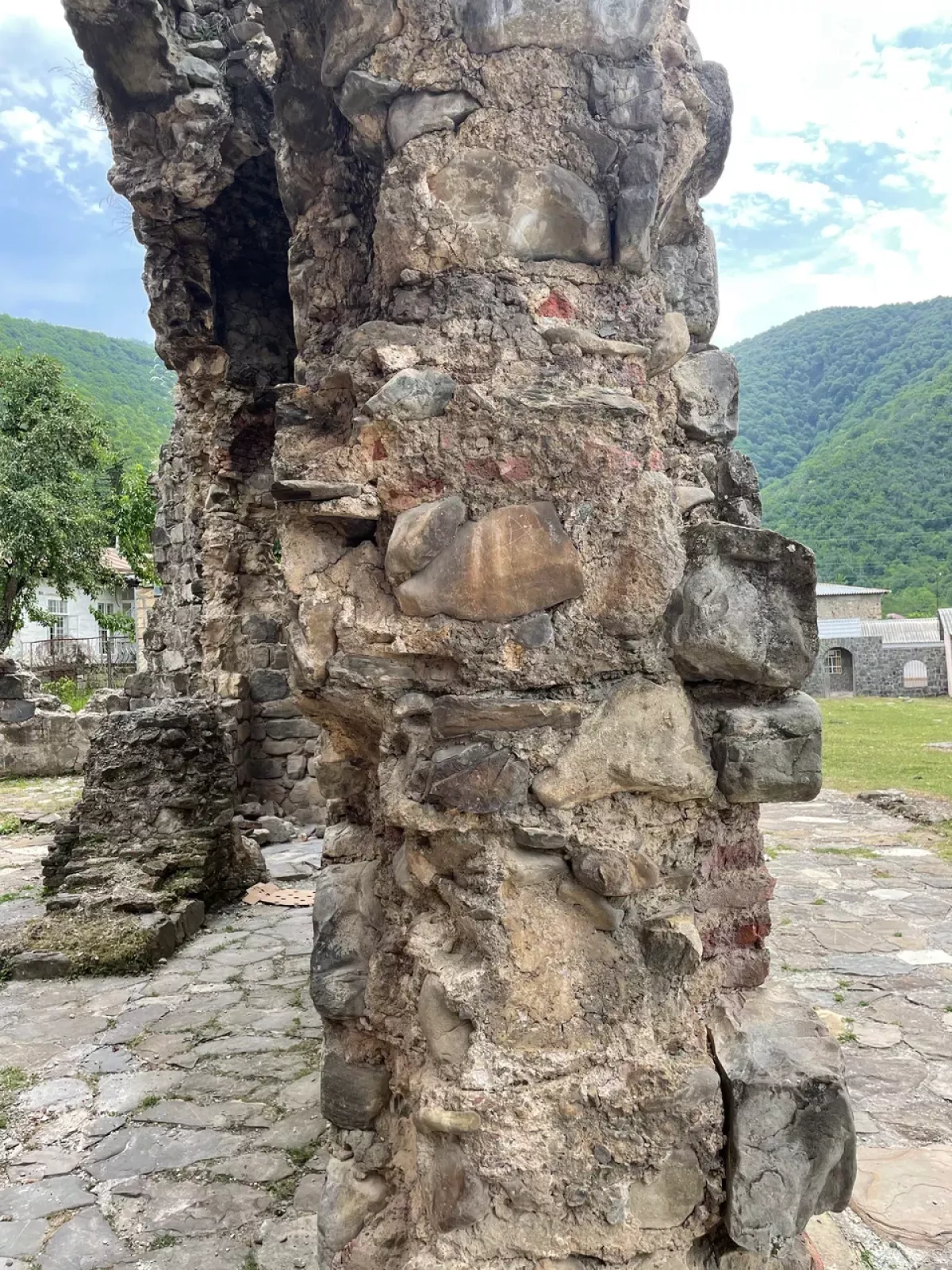Ancient Christian heritage: Azerbaijan's Gum Basilica reflects centuries of cultural fusion Journey through history
Christianity has deep roots in Azerbaijan, reflecting the centuries-old history of cultural and religious interaction among the peoples who have inhabited the region.
Azerbaijan has always been a diverse and multicultural country, where various ethnic groups and religions have coexisted peacefully. As a result of this cultural fusion, unique landmarks have emerged, which continue to captivate the interest of scholars and historians. Among them, early Christian monuments, preserved across various regions of the country, hold a special place.
One such region is Gakh, which holds particular interest for researchers and historians. This area is especially significant as it was once part of the powerful state - Caucasian Albania at different points in history. Caucasian Albania, situated at the crossroads of key trade routes connecting the East and the West, developed over the centuries as a hub of commerce, religion, architecture, and art. The numerous ruins of structures discovered in the region bear testament to the advanced culture and craftsmanship of the peoples who once inhabited this land. Archaeological discoveries, including tools and household items, confirm that the tribes living in this region possessed unique skills in construction and decoration.
The temples they built stand out for their distinctive forms and rich ornamentation, making them a significant subject of study. With the spread of Christianity across the territory of Caucasian Albania, numerous churches were built, reflecting a high level of religious activity. One of the most significant of these monuments is the Gum Basilica, one of the most important early Christian churches that has survived to this day.
The Basilica is located in the village of Gum, in the Gakh district, and is one of the earliest explored monuments from the Christian period of Caucasian Albania. This monument was first described by Russian researcher A.S. Khakhanov, who included it in his report on his travels through the Caucasus.
Later, the basilica was thoroughly studied by P.D. Baranovsky and G.N. Chubinashvili, who dated the church to the 6th century. According to one version, the Gum Basilica was constructed at the command of the ruler of Caucasian Albania, Vachagan III the Pious, on the site where the Palestinian Christian missionary Eliseus was killed by fire-worshippers. Despite numerous reconstructions and alterations over time, the church has preserved elements of its original structure.
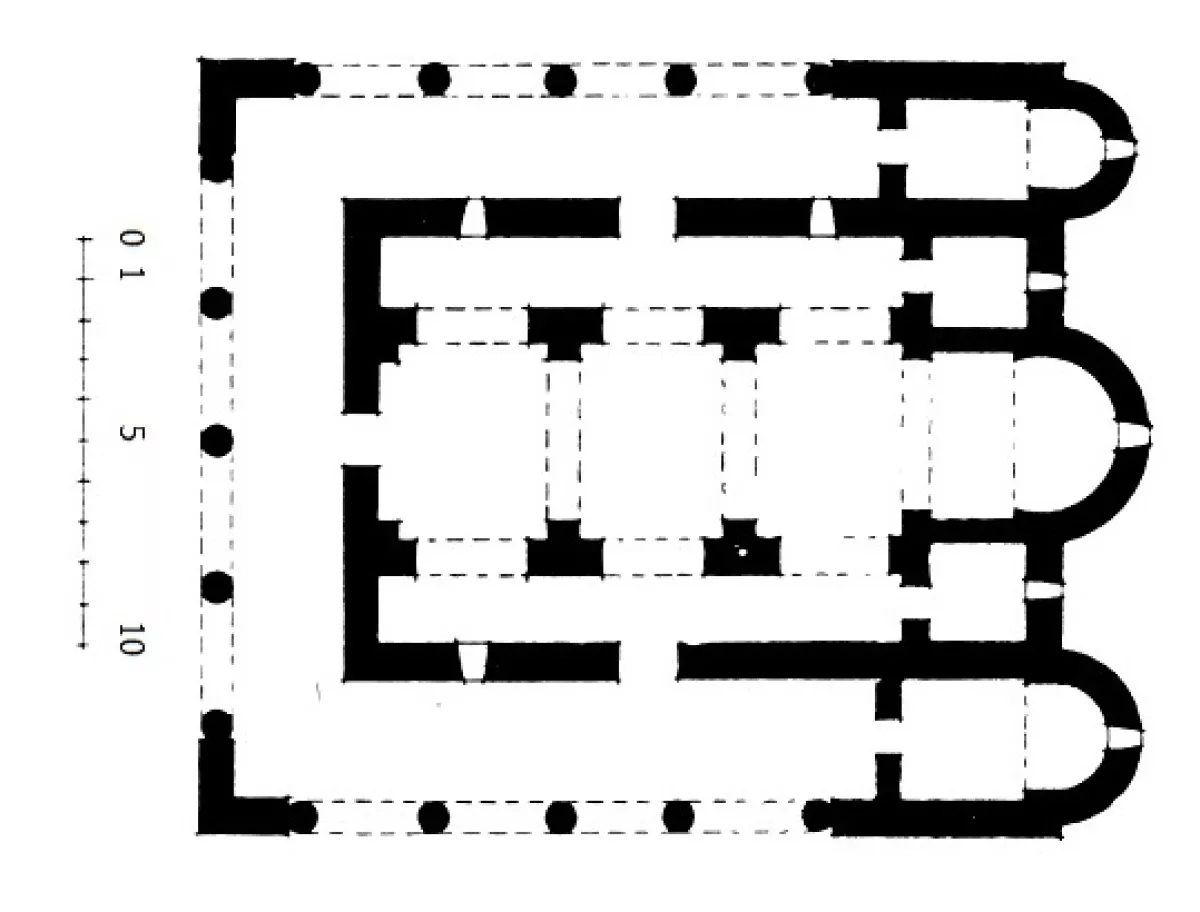
The church is a three-aisled basilica with an apse altar, two side chambers, and an external gallery. The main structure consists of a rectangular hall divided into three aisles, with the central aisle being the widest. In the eastern part, there is the altar apse, which has been preserved to this day. The side aisles lead to square chapels, which still retain their vaulted ceilings.
The church was surrounded by galleries on the southern, northern, and western sides. The eastern part slightly deviates from the traditional orientation, which may indicate the influence of local architectural traditions. The walls of the church are constructed from stone and brick, highlighting the high level of craftsmanship. Stone columns and arches give the church a monumental appearance, and despite the damage it has sustained, it retains its grandeur and significance.
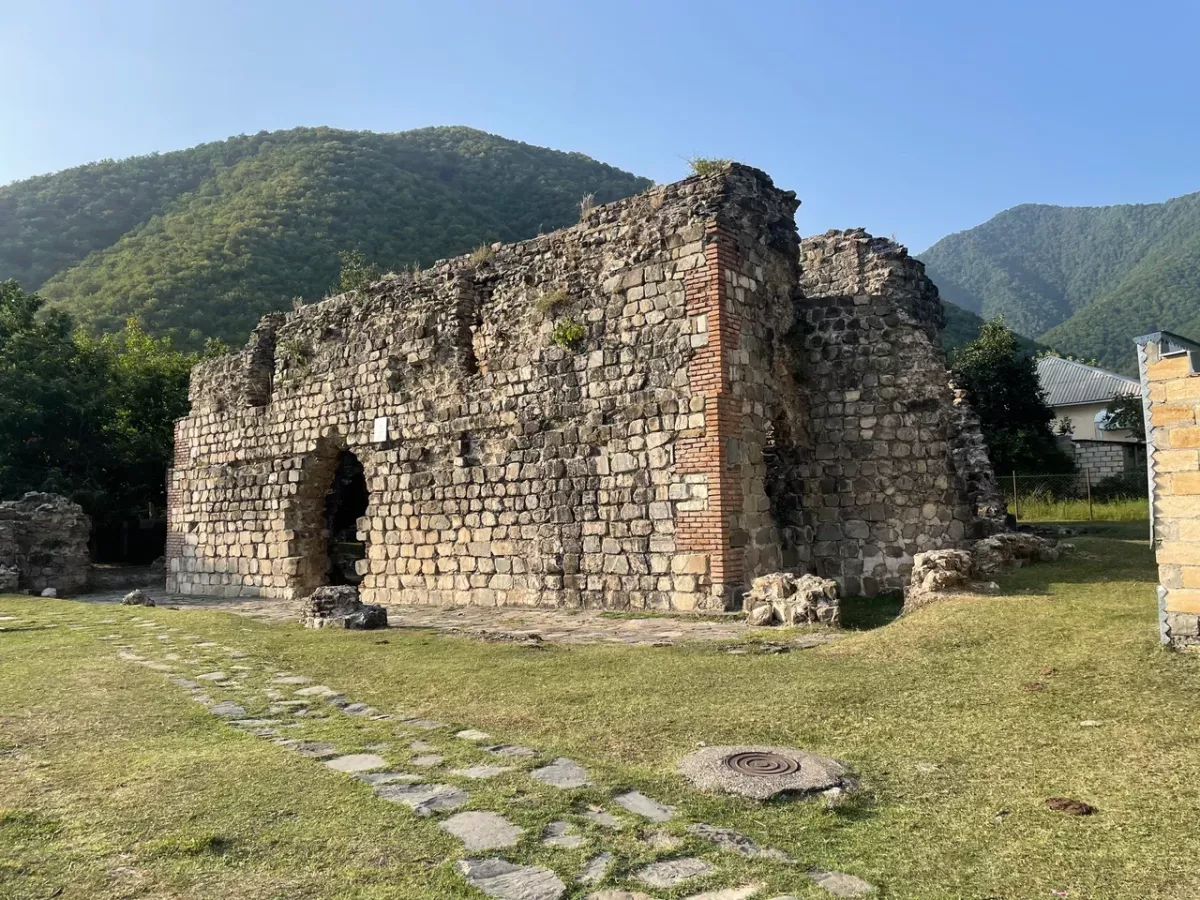
The Gum Basilica is a unique example of early medieval Albanian architecture. It embodies the harmony of lines, simplicity, and elegance characteristic of the architecture of that era. Despite centuries of changes and destruction, the church has retained its historical and cultural significance, remaining an important site for study and preservation. This monument holds immense value not only for Azerbaijan but for the entire Christian world. The preservation and study of such landmarks as the Gum Basilica is a shared responsibility. Doing so will not only safeguard cultural heritage for future generations but also strengthen connection to the past, assisting to gain a deeper understanding of the region's history and cultural development.
Vahid Shukurov, specially for Caliber.Az




